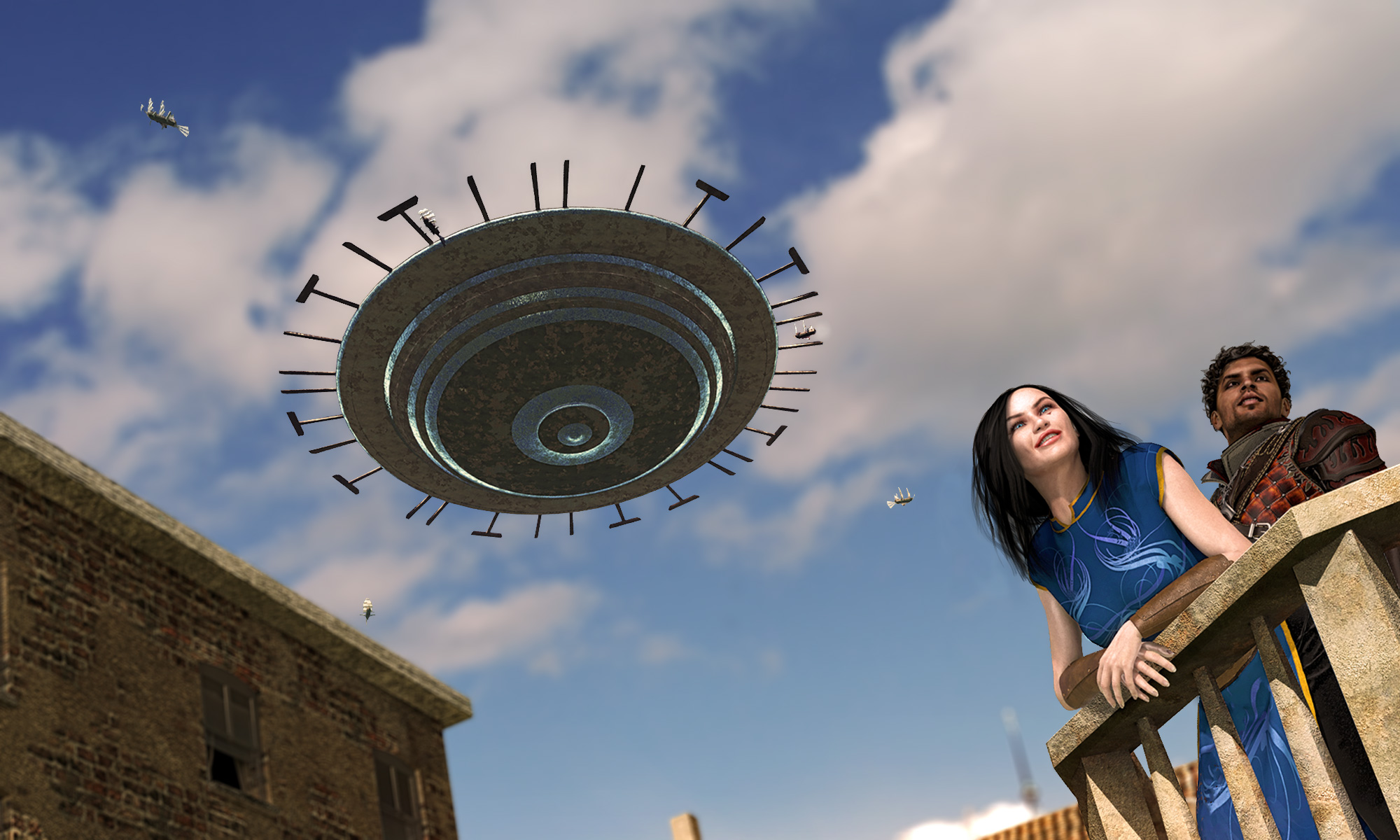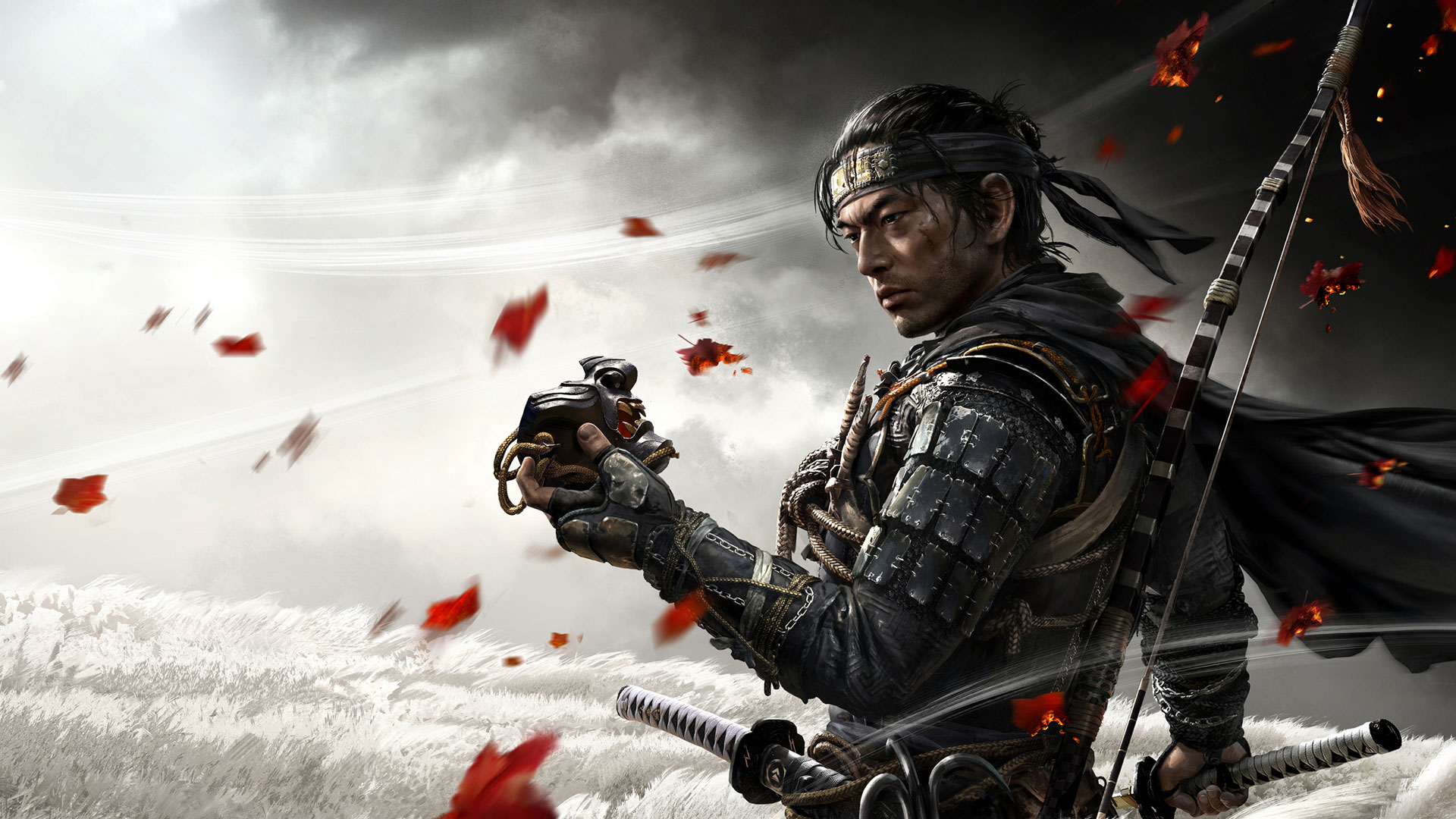
Synchronicity, being what it is, has brought together one of my blog topics and some current discussions floating around the web. In particular the racist nature of dark-skinned fantasy races that also are inherently “evil”.
Over on the RM Forums there is discussion about the dark-skin – evil duality. However I am more interested in the broader issue of evil races and if they even make sense. As a primer this is an interesting take:
Certainly a lot of progression has occurred in fantasy over the last 40 years: simplistic tropes have developed into more mature themes, the founding player base has aged and “awoken” and world building has expanded into more realistic modeling of societies.
Putting Tolkien aside, perhaps the most stark examples of monolithic races that I can remember was in David Eddings Belgariad series. Even as a young reader, the stark rigid depiction of racial characteristics was distracting. But this was pretty standard for Golden Age fantasy gaming and driven by the ideas on literature.
There are probably many driving forces for the standardization of evil races in fantasy gaming:
- Alignment. The introduction of alignments, and the assignment of alignments to races, monsters and creatures created a blanket behavioral type that was hard to overcome. I remember one early game where we first introduced a half-orc PC–the rest of the group was suspicious that the PC was secretly an assassin and was never trusted.
- Physical characteristics. Again, there is enough written about skin color, but there is also the physical attractiveness equation: ugly = bad, beautiful = good (although beautiful is also depicted as evil, but in a remote dispassionate cruelty).
- Story element. Every hero needs a foe, so races of inherently evil humanoids are a great standard foil. Fighting, attacking and killing any member of a evil race is just and righteous.
- Societal traits. Civilizations that are ambitious, colonialist, capitalist or warlike could be described as “Evil” or just immoral. Does that mean that every member of the society also holds those traits? A majority of them? Or just the leaders and powerful members of society?
Personally, I like moral ambiguity in my campaigns. It provides a more complicated ethical framework and consequences for actions. However, I realize that one of the appeals of RPG’s is it’s relief from a morally complicated reality and the escape to a good vs evil paradigm.
But even if you like a simpler framework, does it make sense to apply a blanket label like “evil” to an entire race? Is that corruption embedded in their DNA? Is it nature vs nurture? Can a societal structure create so much influence as to pre-ordain a person’s ethical nature? This is a philosophical debate, but still worth considering when using races like Dark Elves and Orcs in your setting.
One hand-wave approach to rationalizing a racial alignment is to have it driven by the race/society’s god; ie they worship an evil god therefore the people are “evil” too. Simple. In my own Shadow World campaign, the only truly evil entity is the Unlife. Dyari (Dark Elves) are simply a label for Elves that have forsaken the Lords of Orhan, and are not a distinct separate race.
There are a lot of arguments against a intrinsic evil as a racial trait. What are the argument for it? What do you do in your game?
{Update} In a related note, James over at Grognardia had an interesting post on alignment languages. It’s been decades since I’ve dealt with alignments, but the more I ponder the concept of alignment languages the less it makes sense. Based on the comments to James’ post, a lot of people struggle to define or rationalize them.








